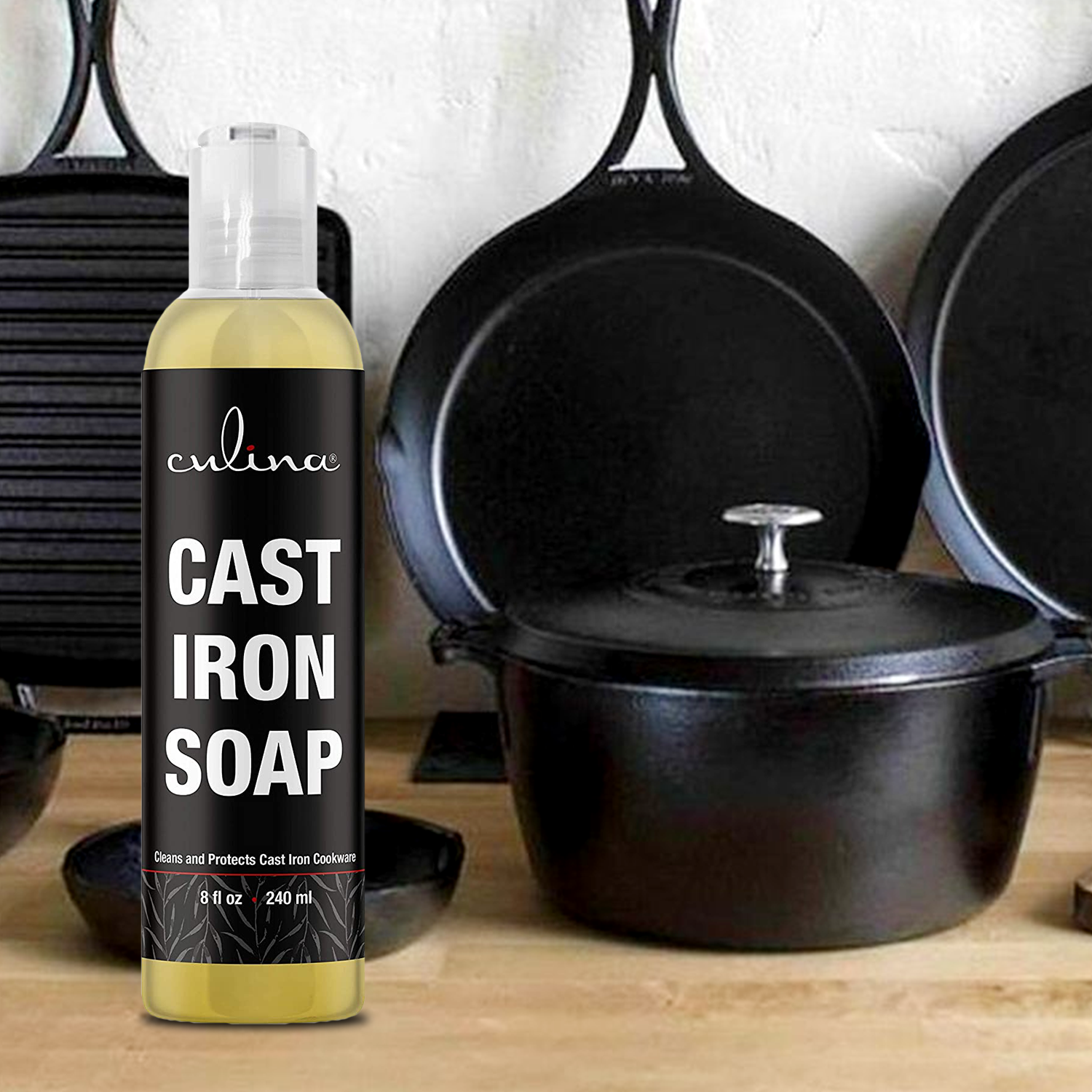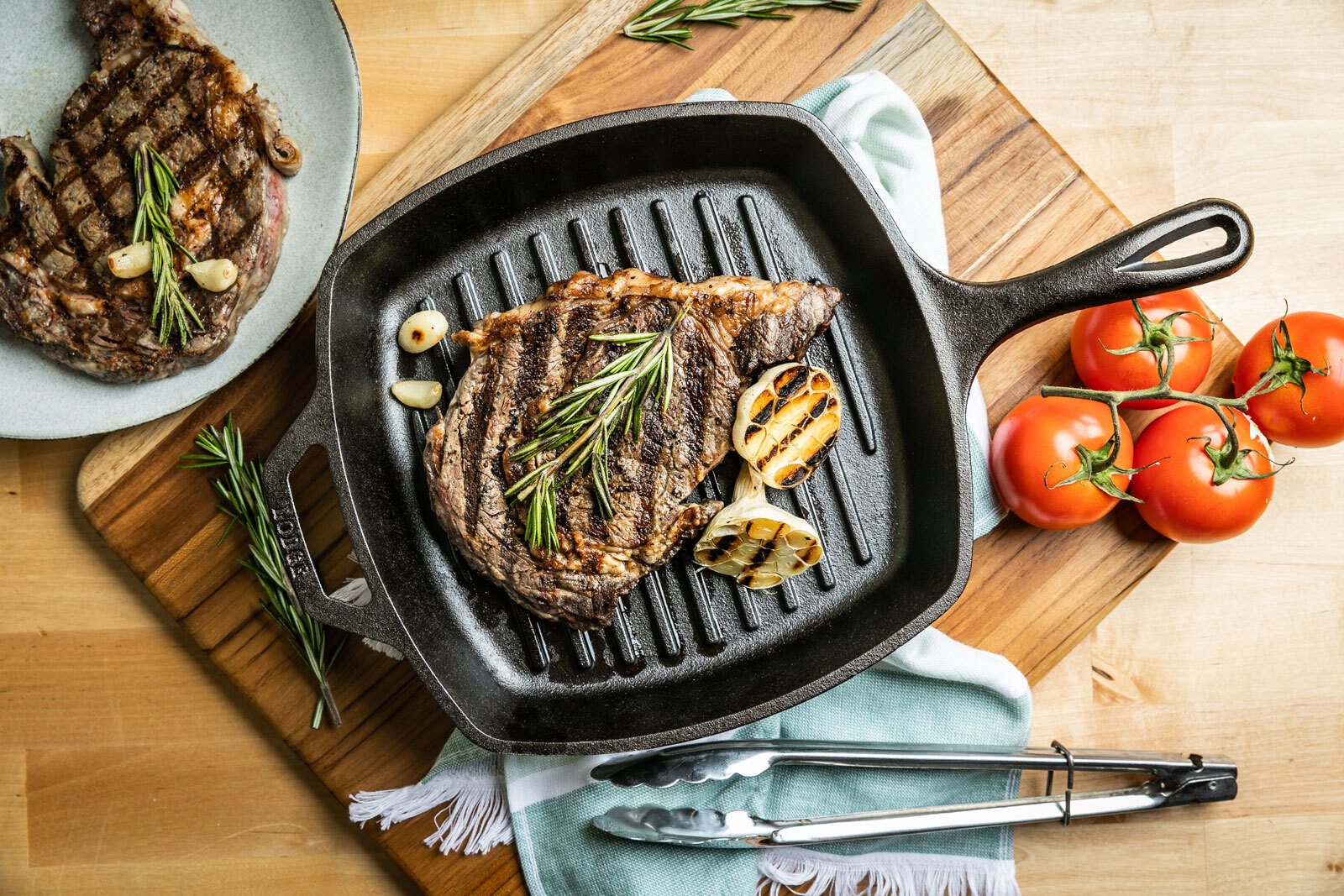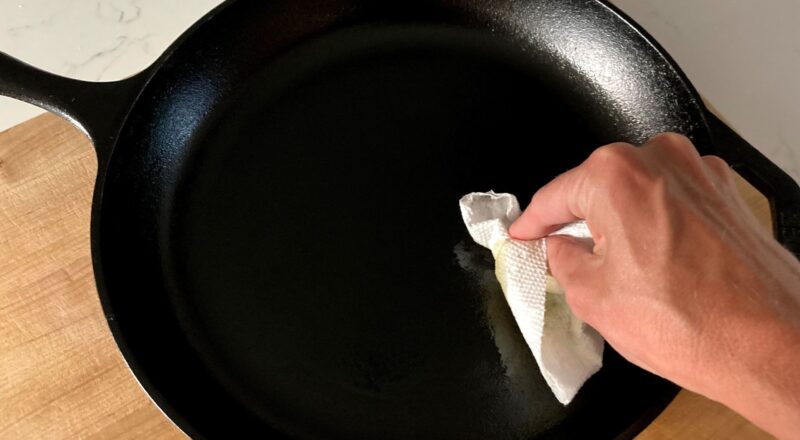Asparagus is a delicious and nutritious vegetable that can be prepared in numerous ways. One of the best methods to bring out its wonderful flavors is by cooking it in a skillet. In this article, we’ll guide you on how to fix asparagus in a skillet to achieve a mouth-watering result every time. Whether you’re a seasoned kitchen professional or a home cook, this simple yet delightful technique will leave you delighted.

What You Need to Get Started
Before jumping into the cooking process, ensure you have all the necessary ingredients and tools:
- Fresh asparagus spears
- Extra virgin olive oil
- Garlic cloves
- Salt and pepper
- Lemon juice
- A cast iron skillet

How to Prepare Asparagus
Step 1: Washing the Asparagus
Wash the asparagus thoroughly under cold running water to remove any dirt or pesticides. This is an essential step for maintaining the freshness and cleanliness of the vegetable.
Step 2: Trimming the Ends
Asparagus has a tough, fibrous end that should be removed. Simply snap off the woody part or use a knife to trim about an inch from the bottom of each spear.

How to Fix Asparagus in a Skillet
Step 1: Preheating the Skillet
Place your skillet on the stove over medium-high heat. Allow it to heat up for a couple of minutes to ensure it’s evenly hot.
Step 2: Adding Olive Oil
Add a generous amount of extra virgin olive oil to the skillet. This will help in cooking the asparagus to perfection while giving it a delightful flavor.
Step 3: Sauting Garlic
Add minced garlic cloves to the skillet and saut for about 30 seconds until they become fragrant. Be careful not to burn the garlic as it can turn bitter.
Step 4: Cooking the Asparagus
Place the asparagus spears in the skillet in a single layer. Cook them for about 5-7 minutes, turning occasionally until they are tender and slightly charred.
Step 5: Seasoning
Season with salt and pepper to taste. Cook for an additional 2 minutes to let the flavors meld well.
Step 6: Adding Lemon Juice
Finish with a squeeze of fresh lemon juice to add a zesty kick to your asparagus. It complements the natural flavors beautifully.
Why Use a Cast Iron Skillet?
A cast iron skillet is ideal for cooking asparagus because it retains and distributes heat evenly, leading to better cooking results. It also helps in achieving that perfect charred look and taste.
For more information on the benefits of using cast iron skillets, you can read this external link.
Tips to Achieve the Best Results
- Select fresh asparagus: Make sure your asparagus spears are firm and bright green with closed tips.
- Don’t overcrowd the skillet: Cook the asparagus in batches if necessary to ensure even cooking.
- Control the heat: Keep an eye on the heat to prevent burning, and adjust as needed.
- Experiment with flavors: Try adding different herbs and spices to customize the flavor of your asparagus.
Additional Recipes and Techniques
If you are interested in other delicious recipes or improving your skillet techniques, be sure to check out our other articles:
Frequently Asked Questions (FAQ)
Is asparagus nutritious?
Yes, asparagus is rich in vitamins A, C, E, and K, as well as folate and fiber, making it a healthful addition to any diet.
Can I use a non-stick skillet instead?
Yes, you can use a non-stick skillet, but a cast iron skillet provides better heat retention and flavor.
What other seasonings can I use?
Feel free to experiment with seasonings like rosemary, thyme, or parmesan cheese to enhance the flavor of your asparagus.
As an Amazon Associate, I earn from qualifying purchases.

